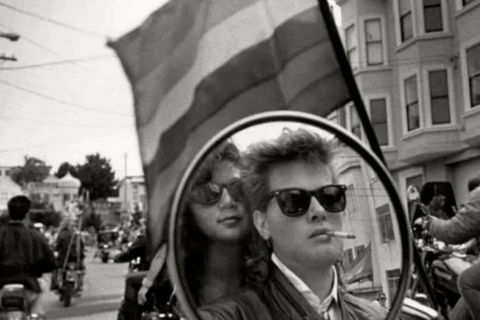Wondering what all these flags you’ve been seeing are all about, why there are so many of them, and where they come from? As an LGBTQ-owned brand, we have you covered.
Let’s start with the short history of the Pride flag.
The pride flag was first flown on Gay Pride Day, June 25, 1978 in San Francisco, CA. Originally designed by Gilbert Baker, the pride flag was commissioned by Harvey Milk. Harvey Milk was the first openly gay elected official in California. It had eight colors which each represented an aspect of the community: hot pink for sex, red for life, orange for healing, yellow for sunlight, green for nature, turquoise for magic, blue for harmony, and violet for spirit. The original flag measured 30 by 60 feet and still remains on display at the GLBT Historical Society in the Castro in San Francisco.

New Variations of the Pride Flag
Over the years the pride flag has gone through many changes. Some of these changes have been done for practicality and others to represent the intersectional identities within our community.
In 2017, black and brown stripes were added by the Philadelphia Office of LGBT Affairs to better include people of color. The following year Daniel Quasar redesigned the pride flag once again. This time he created an arrow that pointed at the bands of color. Within this arrow were blue, pink, white, brown, and black stripes. These stripes were meant to represent transgender individuals as well as people of color. The arrow is meant to symbolize the progress we have made as a community and the work that is still left.
In 2021, another change was made. Valentino Vecchietti of Intersex Equality Rights UK added a yellow triangle with a purple circle to better represent intersex people.


Lesbian Pride Flag
While there are a few variations of the Lesbian pride flag, the Orange-Pink Lesbian Flag is considered to best represent the full spectrum of the community. The colors of the Orange-Pink flag each have a significance including gender non-conformance, independence, community, unique relationships to womanhood, serenity and peace, love and sex, and femininity.
Speaking of lesbian pride, have you checked out our bubulez tank tops yet? They're pretty sweet if we do say so ourselves.

Pansexual Pride Flag
The pansexual pride flag consists of three broad stripes of blue, yellow, and pink which represent men, non-binary people, and women respectively.

Bisexual Pride Flag
The bisexual pride flag consists of three stripes. The pink represents attraction to the same sex, the blue represents attraction to the opposite sex, and the purple represents attraction to all sexes. While this may appear to minimize the bisexual experience, it is understood that “opposite sex” could and often is replaced by the words “other genders”, but the change has not been officially recognized.

Transgender Pride Flag
The transgender pride flag contains two stripes of both light blue and pink as well as a white stripe. Baby blue and pink are used for their connection to boys and girls respectively. The white stripe represents those who are transitioning, intersex, gender-neutral, or agender.

Intersex Pride Flag
The intersex flag consists of a yellow backdrop with a purple circle in the middle. The colors were chosen as they are gender-neutral, and the circle is supposed to represent the wholeness and completeness of an intersex individual.

Nonbinary Pride Flag
Designed in 2014 by Kye Rowan, the nonbinary flag uses four stripes to represent different identities that fall under the umbrella of non-binary. Yellow signifies genders outside of the binary, white represents all genders as it is a mix of all colors, purple represents a mix of the two binary genders, and black represents those who are agender.

Asexual Pride Flag
The asexual pride flag consists of four horizontal stripes with each color representing an aspect of the asexual experience. Black represents asexuality, gray represents those on the spectrum of asexuality, white represents allies and non-asexual partners, and purple represents community and solidarity.

We hope this helps clarify some important history and information around Pride flags, and once again, happy pride month!
If you're looking to support an LGBTQ-owned small business this Pride or any other time of the year, well, you know where to find us.


